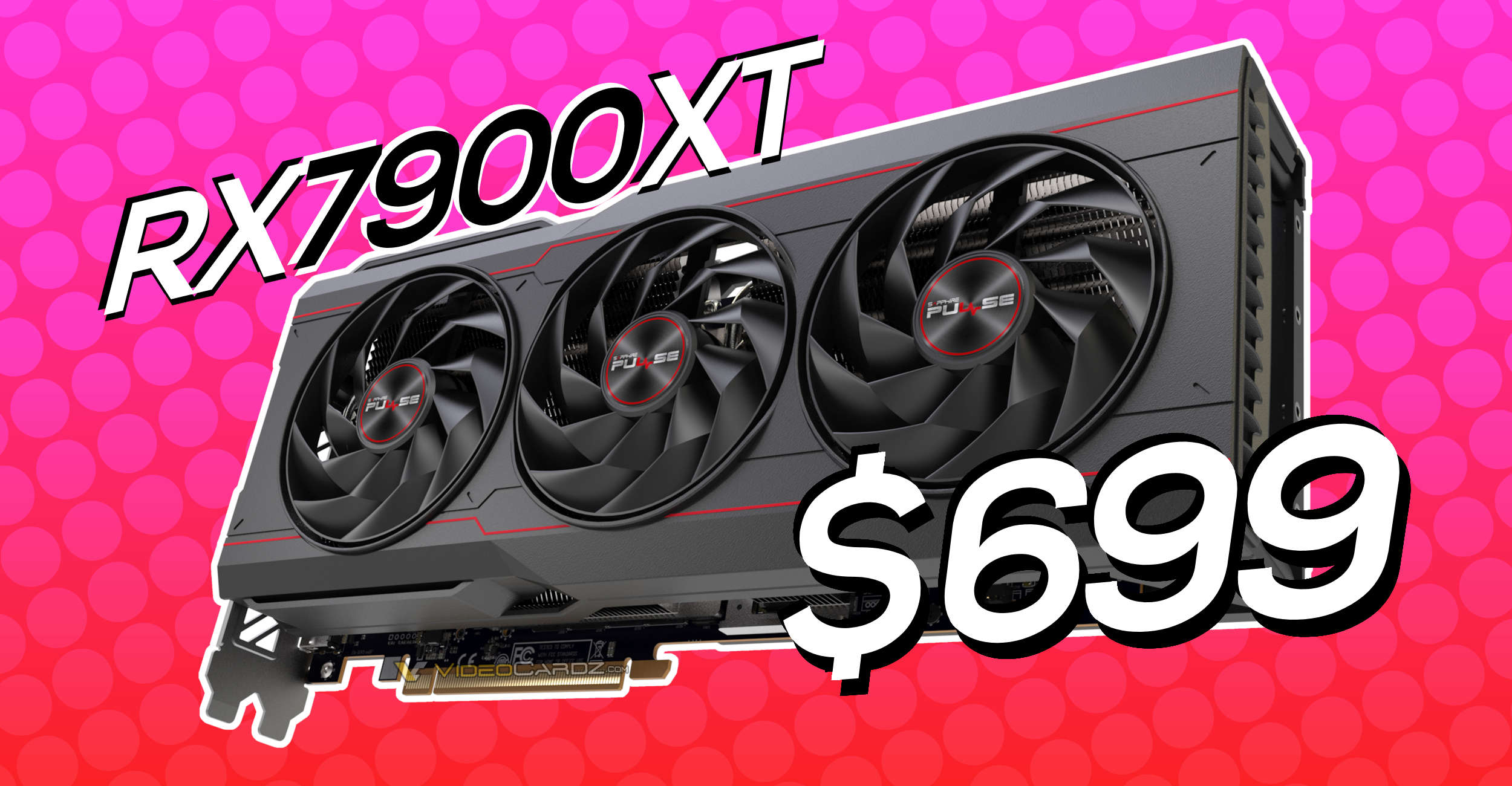https://videocardz.com/newz/shippin...avi-3x-series-hint-at-navi-32-mobile-rx-7800m
Navi32 in mobile form factor
Navi32 in mobile form factor

Chefe they've been using Amkor and ASE since 2015.AMD is looking for CoWoS suppliers other than TSMC.

About the same price increase as between two 4060Ti versions.https://videocardz.com/newz/amd-rad...ary-24-at-329-same-core-count-as-non-xt-model
the same core count as N33 and slightly higher clock/boost clock + twice memory pool ....
About the same price increase as between two 4060Ti versions.


